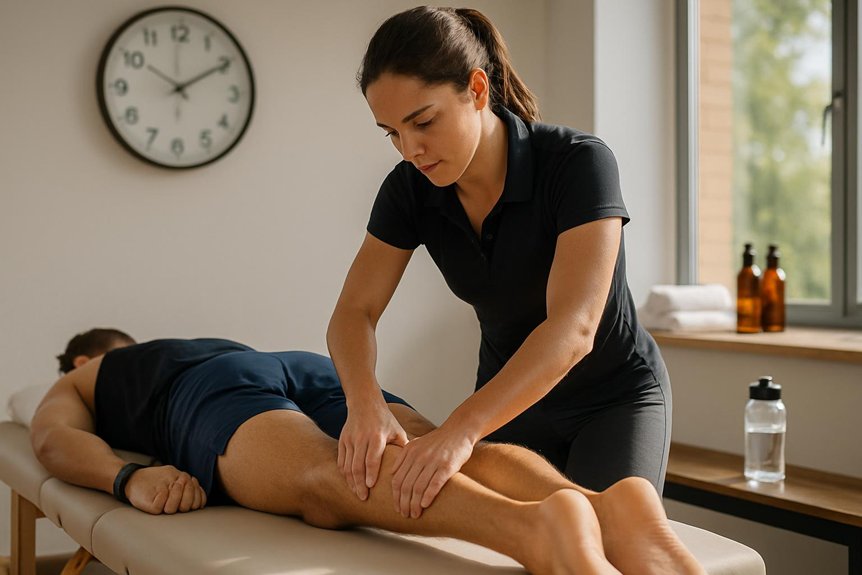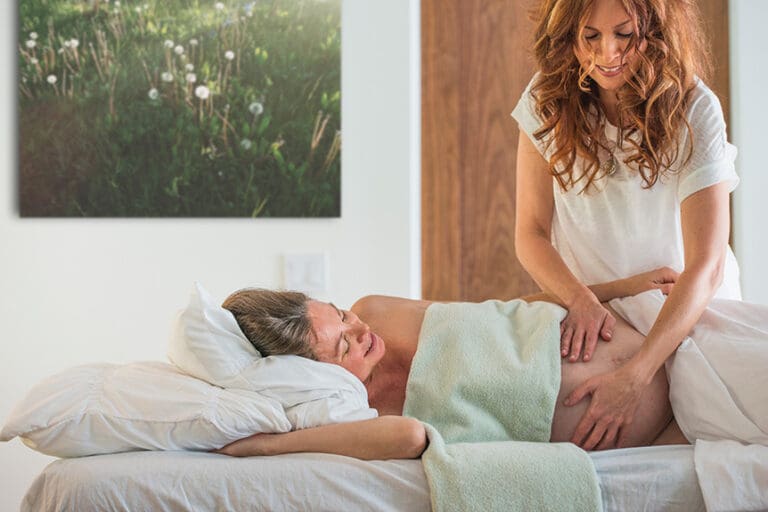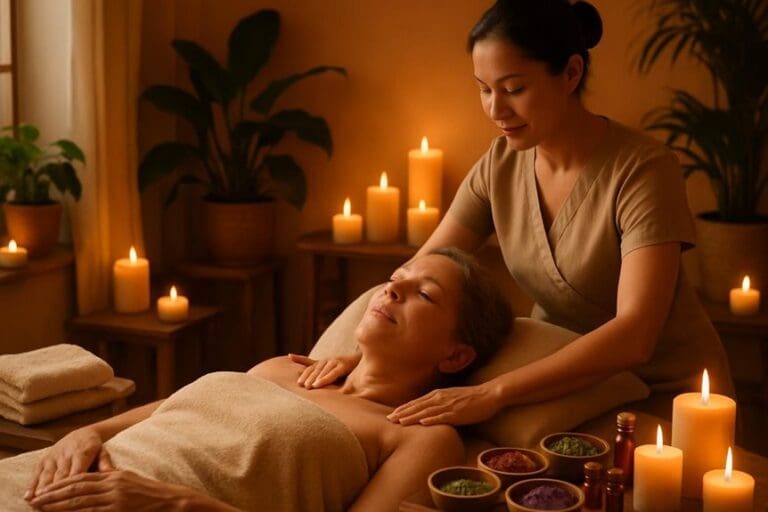An athletic massage typically runs 30–90 minutes. Short sessions (20–30 minutes) target a single area, often pre-event. Forty-five minutes covers two related regions. Sixty minutes allows broader work, such as the posterior chain or upper body. Ninety minutes supports full-body treatment and deeper techniques. Pre-event sessions occur 24–72 hours before competition; post-event sessions are 12–48 hours after. Frequency and spacing depend on training load, soreness, and goals. Specific techniques and timing are matched to desired outcomes, with further details available.
Typical Sports Massage Durations and What They Include
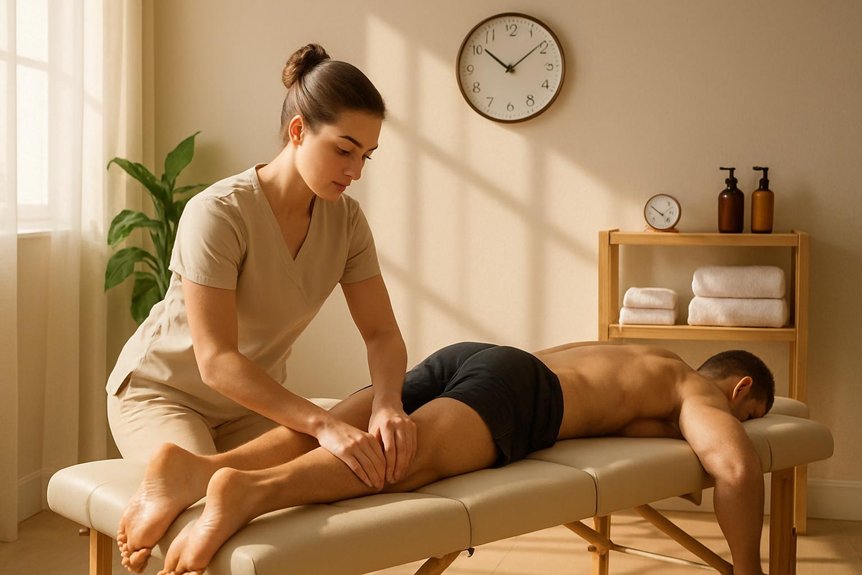
How long should an athletic massage last, and what does each session include? In Spa & Massage clinics across London, typical sessions follow a structured, evidence-based format designed for precise outcomes and a calm, attentive experience.
Every appointment begins with a brief intake: goals, recent training load, pain patterns, and contraindications. Therapists then perform a focused assessment—range-of-motion checks and palpation—to map muscle tone and trigger points.
The hands-on phase blends deep tissue techniques, myofascial release, friction, and assisted stretching, targeting common athletic hotspots such as calves, hamstrings, glutes, hip flexors, and shoulders. Pressure is adjusted through steady feedback to keep intensity productive, not overwhelming.
Sessions close with a short cooldown: gentle flushing strokes, breath-led relaxation, and tailored aftercare—hydration guidance, mobility drills, load modification, and when to book follow-up at Spa & Massage. For athletes seeking additional benefits, incorporating aromatherapy massage techniques can further enhance relaxation and support recovery during or after massage sessions.
Choosing 30, 45, 60, or 90 Minutes: Which Is Right for You?
Selecting 30, 45, 60, or 90 minutes depends on the client’s goals, current training load, and how much tissue work is clinically appropriate in one session.
A shorter session suits targeted areas before or after training, while longer appointments enable a fuller assessment and extensive full‑body treatment.
Recovery time between sessions and budget also guide the choice, and at Spa & Massage therapists match duration to need to optimise results and minimise soreness.
Goals and Training Load
When matched to specific goals and training load, session length determines how targeted and effective a massage will be. At Spa & Massage, therapists align minutes to purpose: recovery, performance, or maintenance.
For light training or taper weeks, 30 minutes supports circulation and gentle reset. Moderate blocks and mixed modalities benefit from 45 minutes to address key tissues and recalibrate tone. During heavy phases, 60 minutes allows thorough soft-tissue work, neuromuscular techniques, and measured intensity without overloading.
Peak buildup or multi-event weeks often warrant 90 minutes to decongest high-demand chains and refine range.
Therapists in our London clinics assess weekly volume, RPE, soreness patterns, and competition dates. They modulate pressure, pace, and sequencing to fit the goal—so the body feels cared for, not taxed. Frequency is adjusted accordingly.
Targeted Areas Vs Full-Body
Though goals set the framework, the choice between targeted work and full-body coverage determines ideal session length. For acute issues—such as calf tightness before a race—targeted sessions of 30–45 minutes allow precise work on one to two regions, with focused techniques (trigger point, myofascial release) and minimal setup time.
Full-body sessions of 60–90 minutes suit athletes managing systemic tension, asymmetries, or consecutive training days, allowing thorough assessment, warm-up, deeper interventions, and integration.
At Spa & Massage clinics, therapists typically recommend:
- 30 minutes: one problem area, event-week tune-up.
- 45 minutes: two related areas (e.g., hamstrings and glutes).
- 60 minutes: comprehensive posterior chain or upper body.
- 90 minutes: full-body with postural balancing.
Pressure, pacing, and oil choice are tailored to tolerance and training phase, ensuring effective, intimate care without overloading tissues.
Recovery Time and Budget
A practical choice of 30, 45, 60, or 90 minutes hinges on two variables: anticipated recovery time and budget. Evidence suggests shorter sessions work for mild soreness and maintenance, while longer durations better address multi‑site tension and heavy training blocks.
In our London clinics, therapists typically recommend 30 minutes for a single problem area, 45 for two linked regions, 60 for thorough lower or upper body, and 90 for full-body recalibration.
Recovery planning matters. Before competition or intense training, 30–45 minutes focus on circulation without excessive soreness.
Post‑event or during deload weeks, 60–90 minutes allow deeper myofascial work and nervous system down‑regulation.
To balance cost, many clients pair a monthly 60 or 90 with targeted 30s as needed. Our team helps tailor cadence and spend to goals.
Factors That Influence Session Length
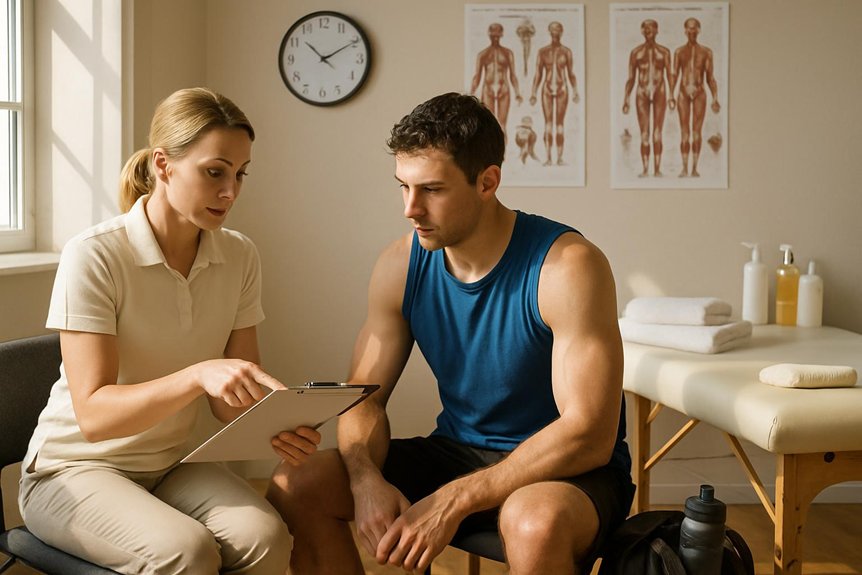
Session length is shaped by injury severity and goals, the specific regions that need attention, and whether the massage occurs before or after an event.
Acute issues and multi-area work typically warrant longer appointments, while focused maintenance on a single region may be completed efficiently.
In Spa & Massage clinics, therapists adjust duration to match performance timelines—short, stimulating sessions pre-event and longer, recovery-focused work post-event.
Injury Severity and Goals
Because athletic massage is goal-driven, injury severity and objectives are the primary determinants of session length. Acute injuries and high pain scores often call for shorter, tightly focused sessions to limit tissue irritation.
Meanwhile, chronic or complex presentations benefit from longer appointments that allow gradual, layered work and reassessment. Performance goals—such as mobility gains before an event—may justify brief, targeted sessions.
Recovery goals after heavy training typically require more time.
At Spa & Massage, therapists establish session length after a concise history, palpation, and range-of-motion screen. They prioritise safety, modulate pressure, and integrate evidence-based techniques (e.g., myofascial release, neuromuscular strategies) according to tissue tolerance and goals.
Treatment plans are adjusted week to week, with clear milestones—pain reduction, function, and load readiness—guiding whether shorter maintenance or extended restorative sessions are indicated.
Areas of Body Targeted
With goals and injury severity defined, the body regions selected for treatment set the practical length of a performance massage. Targeting a single area—such as calves, hamstrings, or shoulders—typically fits within 30–45 minutes, allowing focused myofascial release, trigger point work, and assisted stretching.
Two to three linked regions (e.g., posterior chain: calves, hamstrings, glutes, lumbar) often require 45–60 minutes to address tissue adhesions and neural tension coherently.
Full lower or upper body commonly needs 60 minutes; a full-encompassing full-body approach usually benefits from 75–90 minutes.
At Spa & Massage clinics in London, therapists map treatment to functional chains used in a client’s sport. They prioritise primary pain generators, then adjacent synergists, to reduce recurrence.
This sequence preserves clinical depth while respecting time and recovery needs.
Pre- and Post-Event Timing
Ahead of competition, pre-event athletic massage is typically shorter and lighter—often 15–30 minutes—prioritising neuromuscular activation, range of motion, and circulation without provoking soreness. At Spa & Massage clinics, therapists use brisk effleurage, targeted friction, and dynamic stretching within a 24–72 hour window depending on sport intensity.
Timing narrows to 24 hours for high-impact events and extends to 48–72 hours for endurance to avoid residual fatigue.
Post-event, the goal shifts to recovery: 20–45 minutes within 2–6 hours for acute unloading and lymphatic flow, or 45–60 minutes at 24–48 hours for deeper tissue work.
Practitioners modulate pace and pressure based on exertion, DOMS risk, and hydration status. Spa & Massage therapists pair lighter oils and breath-led pacing, then prescribe contrast showers, mobility drills, and sleep hygiene.
How We Time Pre-Event, Post-Event, and Maintenance Treatments
Timing is planned around performance goals, tissue recovery rates, and individual response to pressure. At Spa & Massage, therapists align session length and spacing with training cycles: short, stimulating pre-event work; restorative post-event care; and steady maintenance to prevent overload.
Pre-event timing typically falls within 24–72 hours before competition, using 20–30 minutes to enhance readiness without inducing soreness.
Post-event sessions are scheduled 12–48 hours after exertion, often 30–45 minutes, prioritising circulation and neuromuscular downregulation. Maintenance is set weekly or biweekly, 45–60 minutes, adjusted to workload spikes and reported tightness.
Decisions are guided by evidence on delayed onset muscle soreness, autonomic balance, and load management. Therapists track response—tone, tenderness, range of motion—and refine intervals, offering discreet, attentive adjustments that respect the body’s rhythm and the client’s goals.
What to Expect in Each Time Block at Spa & Massage
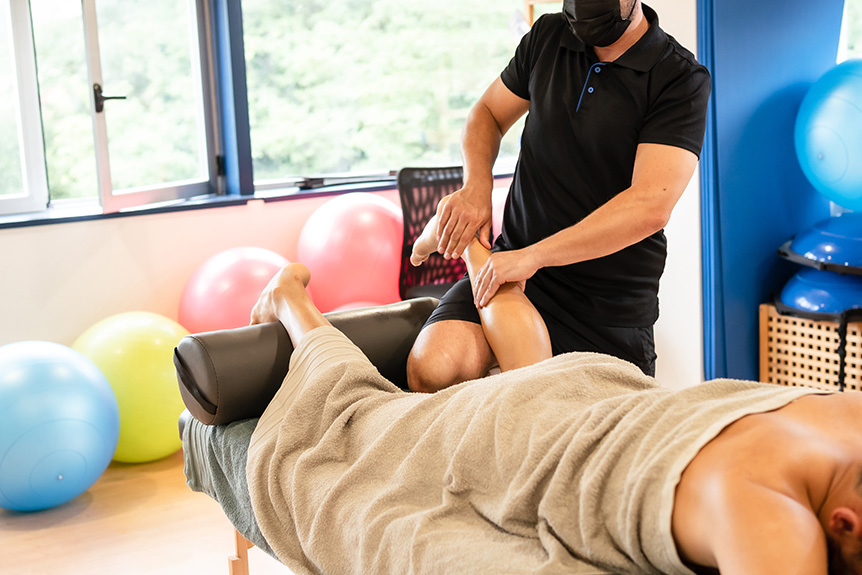
Although session length varies by goal, each time block at Spa & Massage follows a clear structure: a brief, targeted assessment; focused manual work matched to tissue load and nervous system state; and concise aftercare.
In the opening minutes, therapists confirm goals, screen red flags, and palpate key structures. They select oil weight and glide suited to the tissue—often lighter grape-seed for speed, richer blends when friction is desired.
In a 30-minute block, work is narrow and precise: one region, trigger point release, and short facilitated stretches.
At 60 minutes, they integrate adjacent chains, alternating deep longitudinal strokes with neuromuscular techniques to calm guarding.
At 90 minutes, global patterns are addressed, layering myofascial unwinding and joint mobilisations.
Aftercare includes dosage-specific mobility, hydration cues, and heat-or-cold guidance used in our clinics.
Scheduling, Frequency, and Recovery Time Between Sessions
When should sessions be booked to maximise benefit without overloading tissues?
Evidence supports spacing athletic massage 48–72 hours apart for moderate work, and up to 5–7 days after deeper interventions.
At Spa & Massage, therapists schedule around training cycles: light techniques pre‑event (24–48 hours before), recovery-focused work 24–72 hours post‑event, and maintenance every 1–3 weeks during steady training.
Frequency depends on load, injury status, and response.
Signs to extend intervals include lingering soreness beyond 48 hours, fatigue, or reduced performance.
For acute issues, a short series (e.g., weekly for 2–4 weeks) is common, then tapering.
Between sessions, therapists recommend hydration, gentle mobility, sleep prioritisation, and avoiding intense training for 24 hours after deeper work.
Progress is reviewed each visit, adjusting timing to goals and tissue tolerance.
Conclusion
In summary, this massage timing should match goals, training phase, and tolerance. At Spa & Massage, targeted 30–90 minute sessions blend assessment, focused techniques, and practical aftercare to maximise gains in mobility, performance, and recovery. Significantly, research shows massage can reduce delayed-onset muscle soreness by about 30%, reinforcing its value in structured programs. Clients benefit from shorter, focused work pre-event, longer recovery or maintenance blocks post-event, and consistent scheduling that balances adaptation with adequate rest between sessions.
